The Outbreak Of American Civil War
The civil war was finally provoked by the election of Abraham Lincoln (1809-1865) as the president. Abraham Lincoln did not believe, he had the power to abolish slavery in states, where it already existed. However, he firmly opposed the expansion of slavery into the territories of USA, which were likely to become states in future. His policy meant that in future free states would outnumber slave ones. As a result of his election South Carolina ceded from the union on 20 December 1860. Mississippi,Florida,Alabama, Georgia, Louisiana and Texas followed it early in 1861. Together, they formed the Confederate States of America on 4 February 1861. Jefferson Davis(1808-1889) became the president.
The Battle of Fort Sumter:
Fighting began on 12 April 1861, Fort Sumter was unionist stronghold under Major Robert Anderson. On 12 April, the Confederate General Beauregard ordered the unionist to evacuate the fort. The unionists rejected his terms and that day southern artillery bombarded the fort. Fort Sumter was forced to surrender the next day but the unionist soldiers were allowed to retreat to the north. Afterward both sides began arming for war.
Comparison between North and South:
However, the South was easily outmatched by the North. In the South there were only 5 1/2 million whites and over 3 1/2 million slaves. The north outnumbered the south 4 to 1 in men of military age. Furthermore, while the North had began to industrialize the South remained an agriculture society. About 90% of manufacturing industry was in the North and 2/3 of US railroads. Furthermore, the South suffered the disunity. Since they were firm believer in State's rights, the confederate states could not form a firmly united federation. Despite these disadvantages the South won many unlikely victories against north.
The First Battle Of Bull Run:
In July 1861, General Beauregard was in charge of 22,000 confederate troops in Manassas Junction by the Bull Run river. General McDowell marched south with over 30,000 unionist soldiers. They attacked the confederates on 21 July 1861, however, they were held in check by troops led by Thomas "Stonewall" Jackson. This was the very first major battle of American civil war and know as First Battle of Bull Run or First battle of Manassas, it was a confederate soldiers victory and retreat of unionist soldiers.
The Battle Of Shiloh:
However in the west, the unionists won an important victory at Shiloh on 6-7 April 1862 also know as Battle of Shiloh or the Battle of Pittsburgh Landing. On the first day, the confederates had gained some success but they were unable to maintain those early successes and were unable to drive the unionist off the field completely. Unionist reinforcements arrived that night and on 7 April, the confederates were to forced to retreat with heavy losses on their side. In Louisiana unionists captured New Orleans on 25 April and Baton Rouge on 12 May.
The Battle Of Seven Pines:
In April 1862, the Army of Potomac, led by General George B. McClellan began the Peninsular Campaign, which was the major unionist operation launched in southeastern Virginia. They captured Yorktown on 4 May 1862. By Late May, General McClellan reached the outskirts of Richmond. However, in late June 1862, General Robert E. Lee attacked and fought a series of battles called "The Battle of Seven Pines or the Battle of Fair Oaks" and forced General McClellan to retreat.
The Second Battle Of Bull Run:
In August 1862, the two armies clashed at a battle town know as Second Battle of Bull Run or Second Battle of Manassas. It was a fought on large scale and with great number as compared to the First Battle Of Bull Run. This battle resulted in decisive southern victory and the northern army retreated. This decisive victory encouraged General Lee to initiate Maryland Campaign.
Battle of Antietam:
General Robert E. Lee decided to invaded north as part of Maryland Campaign and then two armies fought at Antietam. This battle is know as the Battle of Antietam or the Battle of Sharpsburg regarded as the bloodiest single day in American History. The use of new rifles that can be shot from far away with great accuracy and the old fashioned battle lines led to the unprecedented causalities on both sides in this Battle of Antietam. However, according to military historians that result of this battle remain inconclusive but widely regarded as unionist strategic victory because this engagement halted the Confederate invasion of Maryland. After the battle, General McClellan was removed from the command by President Abraham Lincoln because of his refusal to pursue the Lee's army and replaced by General Ambrose E. Burnside.
Battle of Fredericksburg:
On 13 December 1862, The Battle of Fredericksburg, was fought at Fredericksburg,Virginia between Unionists and Confederates and resulted in humiliating defeat for Unionists as they suffered more than twice causalities as those suffered by Confederates. It was described to President Lincoln by a visitor from battlefield as "Butchery". This Battle of Fredericksburg was a great victory for Confederates and General Lee, as it is regarded as one of the most one sided battles of the war.
Battle of Chancellorsville:
After claiming victory in the Battle of Fredericksburg, The Confederates and General Lee secured another significant victory at Chancellorsville in the Battle of Chancellorsville and inflicted another humiliating defeat to Unionists, who were twice in numbers. The Battle of Chancellorsville is regarded as the General Lee's "perfect battle", who took some tough and risky decisions by dividing his army against much larger enemy. Despite victory in the battle, The Confederate General Thomas "Stonewall" Jackson was mortally wounded and later on died after eight days.
Battle Of Gettysburg:
The two major victories against Unionist encourage General Lee to initiate the Gettysburg Campaign. The Confederate army under General Lee invaded the North again with the invasion of Pennsylvania in June 1863. The Battle Of Gettysburg was fought on 1-3 July 1863 between the invading Confederates and Unionist at the town of Gettysburg,Pennsylvania. At first, the Confederates had some success but they were pushed back and resulted in the retreat of invading army. This war resulted in victory for Unionist at Gettysburg with heavy causalities on both sides. General Lee with his most of Confederate army managed escape back to Virginia. This Battle of Gettysburg proved a turning point of the American Civil War as this Unionist victory not only halted the Confederate invasion but also dramatically increased the morale of Unionist Army.
The Battle of Wilderness :
In May 1864, The Battle of Wilderness was fought between the Confederates and the Unionists in Virginia, both sides suffered heavy losses and the result of this battle remained inconclusive. This was the first battle of General George G. Meade and Lt. General Ulysses S. Grant's 1864 Virginia Overland Campaign against General Lee and his Confederate army.
The battle of Spotsylvania:
Following the inconclusive bloody Battle of Wilderness, Another battle "The battle of Spotsylvania" was fought from 8-21 May 1864 in Virginia. Which was second major battle of 1864 Virginia Overland Campaign. The result of this battle also remained inconclusive but both sides claimed victory. The Confederates claimed victory on the grounds that they were able to hold their defenses. While on other hand United States claimed victory because the Federal offensive continued against the Confederates and the General Lee's army suffered heavy losses. The battle of Spotsylvania caused heavy causalities on both sides was the costliest battle of Virginia Overland Campaign.
The Battle of North Anna:
The Battle of North Anna was fought from 23-26, 1864 as the third battle of of 1864 Virginia Overland Campaign. This battle consist of small actions instead of direct engagement between the armies. The result of this war also remained inconclusive like previous two battle and none of them got any clear edge despite some minor gains, General Lee had stopped further advancement of Lt.General Grant but failed to make him retreat and Lt. General Grant failed to destroy the Army of General Lee. However, the Unionists army suffered more causalities as suffered by the Confederates army.
Battle of Cold Harbor:
The fourth and the final battle of 1864 Virginia Overland Campaign was fought from 31 May to 12 June 1864. This battle is know as "the Battle of Cold Harbor" and was clearly the most furious and bloody battle than all previous battles of 1864 Virginia Overland Campaign. This is only battle of this campaign, which yielded result and the Confederates secured clear victory and Unionist army t not only suffered a heavy defeat but also their list of causalities were more than twice as of the Confederate army. The Unionist army over the 12 days lost more than 10,000 their soldiers while making futile assaults. However, this significant victory of General Lee's army turned out to be their final and last major victory except some minor victories in battles during the Siege of Petersburg.
Siege of Petersburg:
From 15 June 1864 to 2 April 1865, a series of battles were fought known as Richmond-Petersburg Campaign but more famously known as "Siege of Petersburg". It was not conventional military siege, in which usually cities are surrounded to cut off supplies of the rival armies. This campaign consist of trench warfare in which Unionist Army assaulted Petersburg unsuccessfully for the 9 months and then constructed trench lines extended 30 km from the eastern outskirts of Richmond,Virginia to eastern and southern outskirts of Petersburg. As Petersburg were crucial for the supplies of the Confederates army and Richmond was Confederate Capital. Numerous battles were fought in attempts made by Unionist army to cut off the Richmond and Petersburg railroad. Finally, General Lee give in to the pressure exerted by the Unionist army and he abandoned both cities.
The Surrender:
On 9 April 1865, one of the last battle of the American Civil war was fought, which is know as "Battle Of Appomattox Court House". This battle ended in the victory of Unionist Army under General Grant as the Confederates Army's General Lee surrendered. This surrender triggered a series of surrenders across the South and marked the end of the Bloody American Civil War. The last confederate army surrendered on 26 May 1865.
Assassination Of Abraham Lincoln:
Lincoln did not live to see the end of the war as he was assassinated by John Wilkes Booth on 15 April 1865. Lincoln was watching a play in Ford's theater, when Booth shot him in head. The assassination was part of a conspiracy intended by John Booth to revive the confederation by eliminating the three most important officials of US Government.




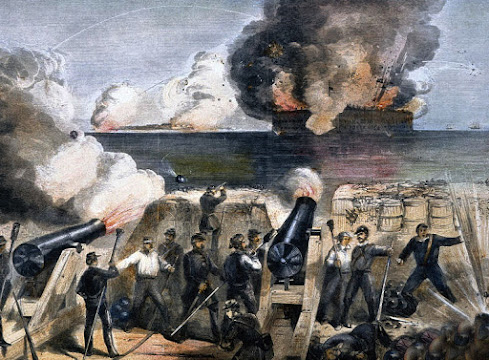
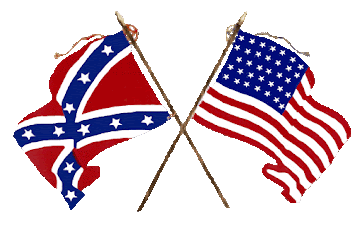
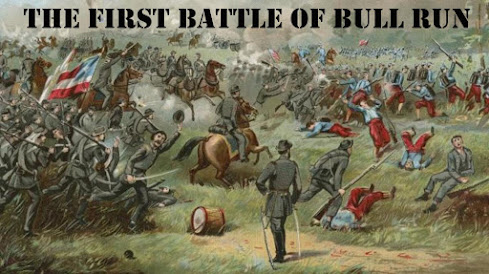
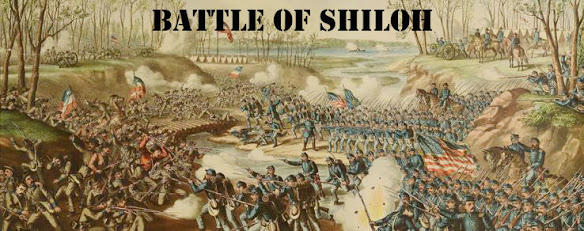

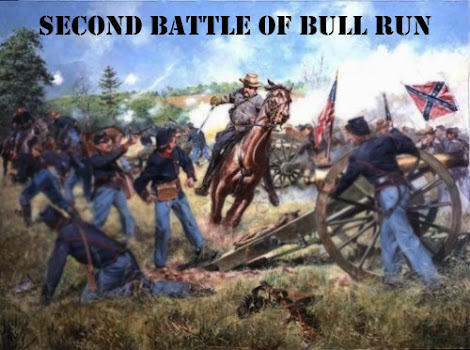
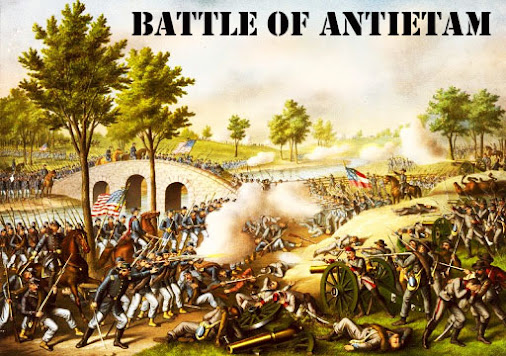
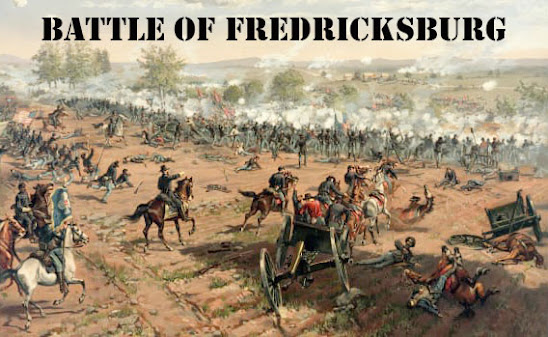

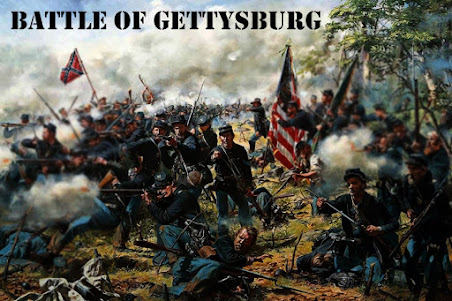
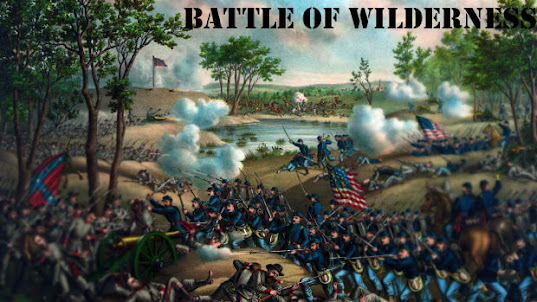
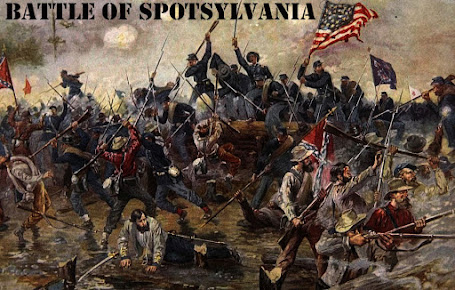
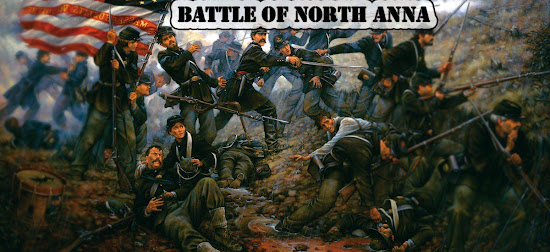

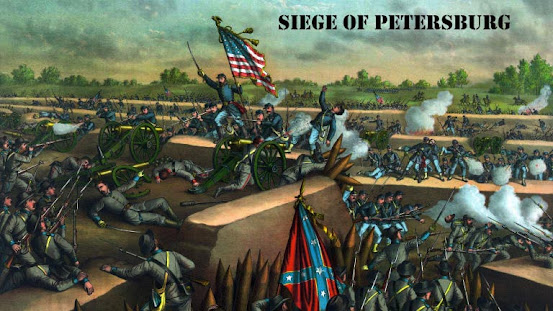
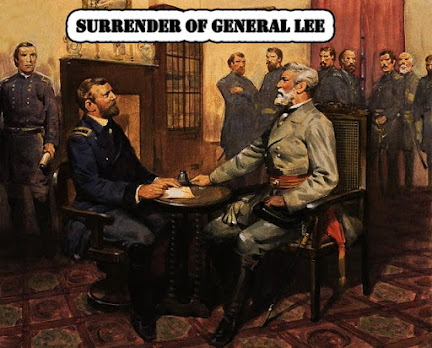
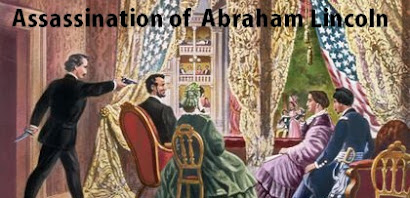
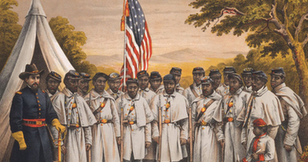










0 Comments